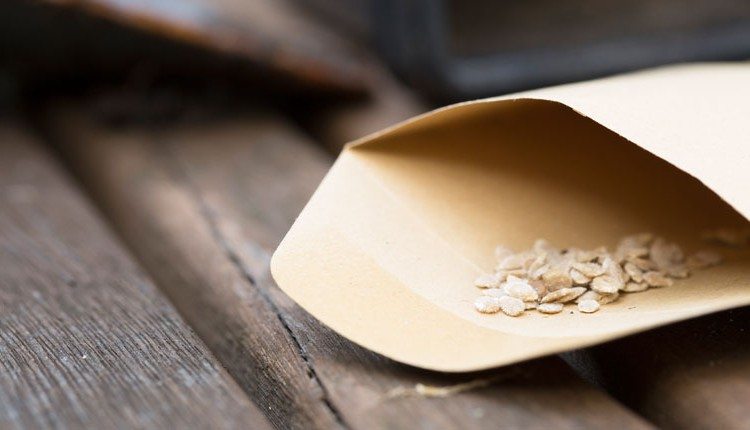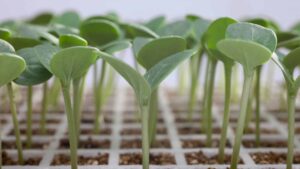Industry experts evaluate associated pests crop by crop to help improve seed trade.
The international seed industry has been making steady progress in reducing technical trade barriers, in particular, those related to phytosanitary issues.
Even with the work being done to develop a seed-specific International Standard on Phytosanitary Measures (ISPM), countries can still impose restrictions using unnecessary phytosanitary requirements.
But Ric Dunkle, American Seed Trade Association senior director for seed health and trade, says the international seed industry will supplement the seed-specific ISPM with a pest list.
“We are trying to describe the pest listing initiative as a project that fits into the standard, and we hope that the initiative will become an informational appendix to the standard,” Dunkle says, noting that the pest listing activity is also a stand alone process that will help countries conduct pest risk assessments.
The pest listing efforts are an initiative of the International Seed Federation in which groups of experts are going crop by crop and tabulating all of the pests that countries collectively regulate on each seed species. ASTA is actively involved on this initiative.
For example, Dunkle says if you look up tomato seed, there’s going to be about 120 pests that countries collectively regulate. “The experts go through the scientific literature on each of those pests and do a mini risk assessment,” he says. “They determine whether or not seed is a pathway, look at the distribution of the pathogen in the world, and provide information on seed testing methods and phytosanitary treatment options. All this is fundamental information.”
During this first screen, one of the big things experts are trying to accomplish is to determine if seed is in fact a pathway. “There are many, many pathogens that countries regulate when seed is not even a pathway,” Dunkle says. “We are trying to go through the science and come up with very particular references that document which pathogens are technically justified and which ones aren’t.”
To date, these pest risk assessments have been done for pepper seed, cucumber, lettuce, melon, spinach and onion. All six of these have been peer-reviewed.
For pepper seed, Dunkle says there were about 102 associated pathogens and about 80 percent of those turned out not to be technically justified.
Dunkle says the process is very methodical and tedious. This work is being done under the auspices of the International Seed Federation, and it continues with six more crops nearing completion.
Then, Dunkle says there will be another round — Phase 2. There will be another 20 or so crops that the expert groups will assess.
“Word is getting out and these efforts are gaining momentum,” Dunkle says, noting that he’s been able to use this information to benefit ASTA members. “For example, if we have a member company that tries to get an import permit from a country, then we look at the pests they want to regulate on the import permit.
“Now, we can go back to this database and present detailed scientific information to the U.S. Department of Agriculture’s Animal and Plant Health Inspection Service, which then negotiates with those countries to get those pests off of their requirements. So it’s moving in the right direction.”












